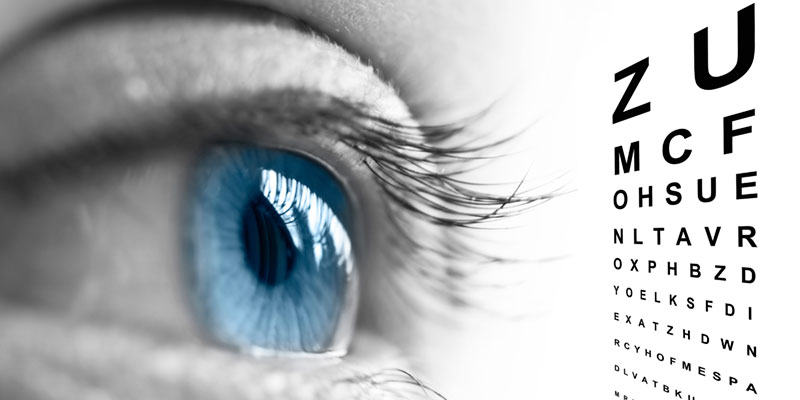Are you at risk?
November is American Diabetes Awareness Month!
If you have diabetes, it’s important for you to get a comprehensive dilated eye exam at least once a year. Diabetic retinopathy may not have any symptoms at first — but finding it early can help you take steps to protect your vision.Managing your diabetes — by staying physically active, eating healthy, and taking your medicine — can also help you prevent or delay vision loss.
Diabetic retinopathy is an eye condition that can cause vision loss and blindness in people who have diabetes. It affects blood vessels in the retina (the light-sensitive layer of tissue in the back of your eye).
What causes this??
Diabetic retinopathy is caused by high blood sugar due to diabetes. Over time, having too much sugar in your blood can damage your retina — the part of your eye that detects light and sends signals to your brain through a nerve in the back of your eye (optic nerve).At a Glance
Early Symptoms: None
Later Symptoms: Blurry vision, floating spots in your vision, blindness
Diagnosis: Dilated eye exam
Treatment: Medicine, laser treatment, surgery
Your risk increases the longer you have diabetes. More than 2 in 5 Americans with diabetes have some stage of diabetic retinopathy. The good news is that you can lower your risk of developing diabetic retinopathy by controlling your diabetes.
Women with diabetes who become pregnant — or women who develop gestational diabetes — are at high risk for getting diabetic retinopathy. If you have diabetes and are pregnant, have a comprehensive dilated eye exam as soon as possible. Ask your doctor if you’ll need additional eye exams during your pregnancy.
To help control your blood sugar, you’ll need a special test called an A1c test. This test shows your average blood sugar level over a 3-month period. Talk with your doctor about lowering your A1c level to help prevent or manage diabetic retinopathy.
Diagnosis: Dilated eye exam
Treatment: Medicine, laser treatment, surgery
Am I at risk for diabetic retinopathy?
Anyone with any kind of diabetes can get diabetic retinopathy — including people with type 1, type 2, and gestational diabetes (diabetes that can develop during pregnancy).Your risk increases the longer you have diabetes. More than 2 in 5 Americans with diabetes have some stage of diabetic retinopathy. The good news is that you can lower your risk of developing diabetic retinopathy by controlling your diabetes.
Women with diabetes who become pregnant — or women who develop gestational diabetes — are at high risk for getting diabetic retinopathy. If you have diabetes and are pregnant, have a comprehensive dilated eye exam as soon as possible. Ask your doctor if you’ll need additional eye exams during your pregnancy.
What can I do to prevent diabetic retinopathy?
Managing your diabetes is the best way to lower your risk of diabetic retinopathy. That means keeping your blood sugar levels as close to normal as possible. You can do this by getting regular physical activity, eating healthy, and carefully following your doctor’s instructions for your insulin or other diabetes medicines.To help control your blood sugar, you’ll need a special test called an A1c test. This test shows your average blood sugar level over a 3-month period. Talk with your doctor about lowering your A1c level to help prevent or manage diabetic retinopathy.



.jpg)

Comments
Post a Comment